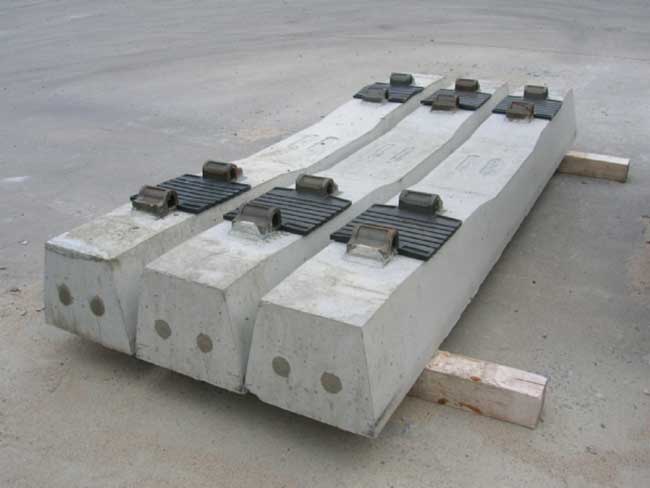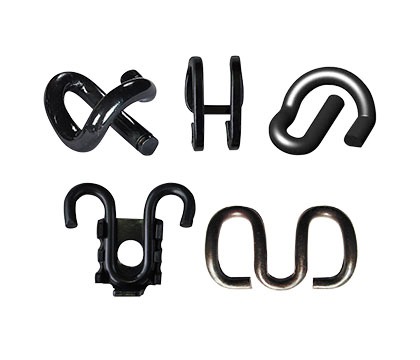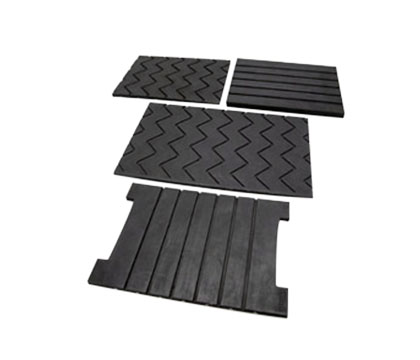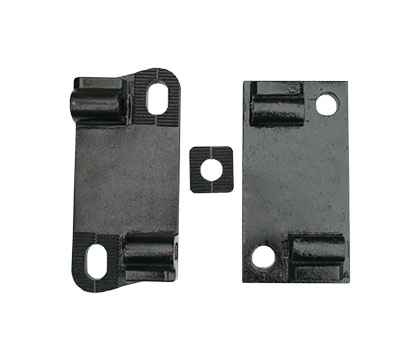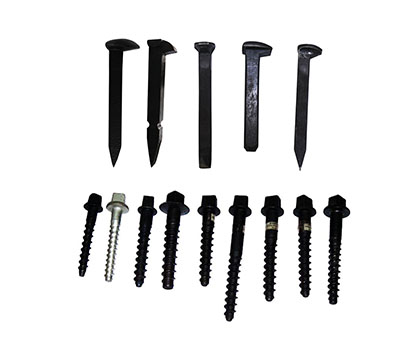How much does a wooden rail tie weigh?
Right now, 99 percent of the railroad ties in the US are still wood and each ones weighs approximately 200 pounds. A typical wood railroad tie is 8-1/2 feet long, 9 inches wide, and 7 inches thick, and made from a variety of hardwoods (such as white pine and cedar). Railroads and transit systems are looking to the plastic ties as an alternative to wood ties. Wooden rail ties are treated with a substance called creosote to protect them from the environment. Due to conditions such as cracking, checking, and the volume and type of material used to be treated in order to preserve and extend its useful life, so that the weight of a railroad tie varies.
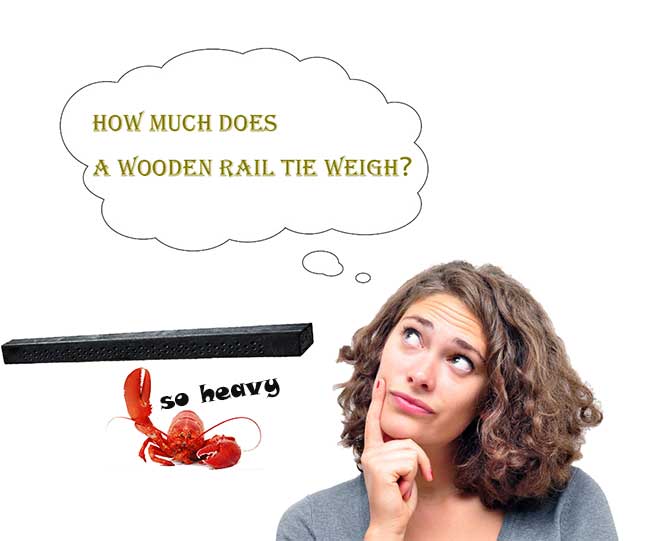

Sizes of railroad ties
In the early days, railroad ties were the wood structure that lie below the rails and serve as anchors. But now, rail ties are mostly made of concrete or rubber. As we all know, rail tracks are attached to the rails along any given line, so that Railroad ties have a standardized size. Once mandated by Boston and Main (B&M) railroad, railroad ties are now accepted as a common practice.
Length
The standard length of a tie is 102 inches. In specialized cases they may be longer, to spread the weight of the rails over a greater surface area. Longer ties are used in areas where the ground is soft and the stability of the rails would otherwise be a concern.
Widths
A standard railroad tie is nine inches wide and seven inches tall. However, rails are not all identical because of milling and may vary in size, up to 12 inches wide and nine inches tall.
Spacing
The gap between two rails is typically 12 inches so that the distance from the center of one rail to the center of the adjacent rail is approximately 21 inches.
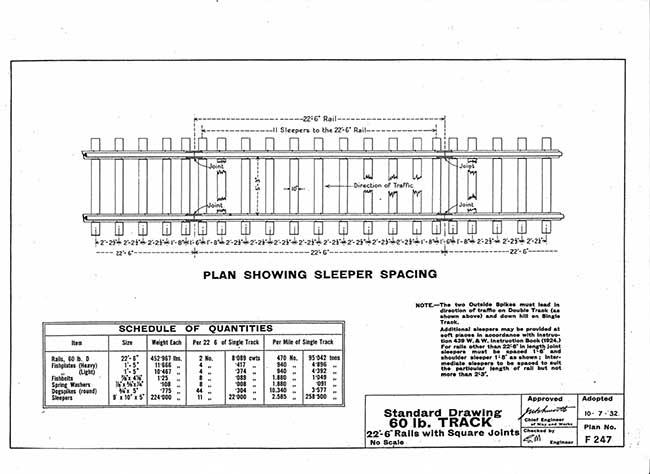
Length
The standard length of a tie is 102 inches. In specialized cases they may be longer, to spread the weight of the rails over a greater surface area. Longer ties are used in areas where the ground is soft and the stability of the rails would otherwise be a concern.
Widths
A standard railroad tie is nine inches wide and seven inches tall. However, rails are not all identical because of milling and may vary in size, up to 12 inches wide and nine inches tall.
Spacing
The gap between two rails is typically 12 inches so that the distance from the center of one rail to the center of the adjacent rail is approximately 21 inches.

Railroad Tie Dimensions
On railway construction, dimensions and lifespan of railway tie may be the two most important considerations. While, what are the dimensions of a standard railroad tie? How long is a railroad tie meant to last?
Rail ties vary in size depending on their intended purpose. They can be from 8' to 9' long and have cross-sections from 7" x 9" to 8" x 10" and maybe more.
As far as age is concerned, 40 years is often mentioned but that is highly dependent upon the type of wood used, amount of rail traffic, nature of the weather, and ground chemistry.
Sometimes rail ties are changed out because the area where the rail spikes are driven has deteriorated or been damaged to the extent that they won't hold spikes properly. This is especially true of ties laid in curves. For landscaping purposes, these would be ideal since the rest of the wood would normally be in better condition.
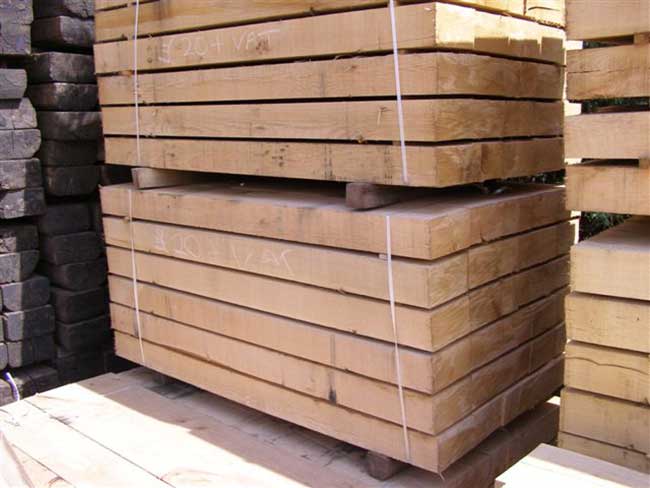
Rail ties vary in size depending on their intended purpose. They can be from 8' to 9' long and have cross-sections from 7" x 9" to 8" x 10" and maybe more.
As far as age is concerned, 40 years is often mentioned but that is highly dependent upon the type of wood used, amount of rail traffic, nature of the weather, and ground chemistry.
Sometimes rail ties are changed out because the area where the rail spikes are driven has deteriorated or been damaged to the extent that they won't hold spikes properly. This is especially true of ties laid in curves. For landscaping purposes, these would be ideal since the rest of the wood would normally be in better condition.

Functions of railroad tie plates
In a real world application, single shoulder tie plate and double shoulder tie plate are the two types of most widely used rail tie plates. The use of single or double shoulder tie plates makes a more stable track and greatly lengthens the life of wood rail ties. Punched and sheared from hot-rolled steel sections, rail tie plates provide proper cant, uniform bearing surface for the rail and better load distribution to the ties. They hold the rail to gauge, providing more uniform wear to rail head and protect against undue wear to ties. Railway tie plates are designed with a long end or field end to be located outside of the rails. In the case of single shoulder tie plates, the shoulder is placed on the field end of the plate. The gauge end or short end of the plate is located inside of the rails. When ordering, identification of the rail section or the width of the rail base should be specified, or you can bring the drawing or sample. High quality rail tie plates are also available from our stocks which offer appreciable savings on railroad track and industrial sidings.
